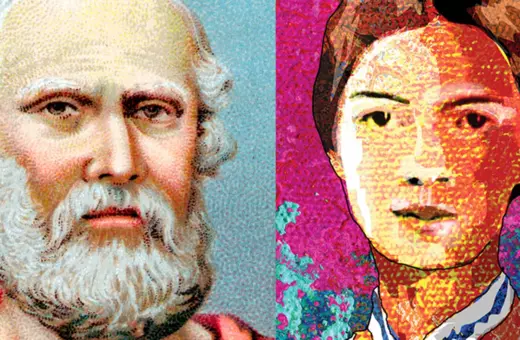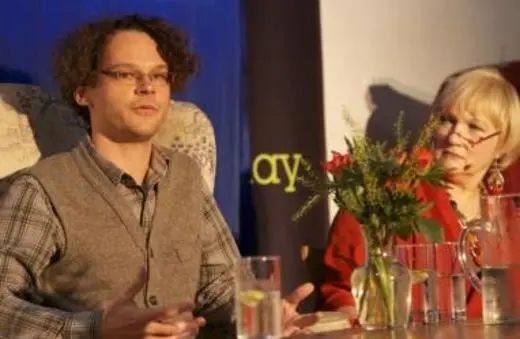Art is often viewed as a powerful method of social and political change. Paula Rego, who sadly passed away on the 8th June, blazed her own trail in this regard. Her work had a significant impact on the decision to legalise abortion in Portugal, particularly through her ‘Abortion Series’ in 1998. But how did her work prove so persuasive? Beatriz Rodrigues argues that the power of Rego’s work lies not in shock-value, but rather in its ambivalence and mystery, tapping into the conflicted and confused emotional states which trouble us all.
By the time of her death, earlier this month, Paula Rego was widely recognized for her decisive role in the renewal of figurative painting in the second half of the 20th century. The two recent retrospectives of the Portuguese-British artist in the UK (2021 – Tate Britain, London; 2019 – MK Gallery, Milton Keynes, and Scottish National Gallery of Modern Art, Edinburgh) consolidated her image as a socially engaged artist, who addressed themes of political oppression, social inequality, and gender discrimination throughout her career. Although it is certainly true that the value of Rego’s works is in great part derived from their critique of social dynamics, their emotional ambivalence precludes reduction to a univocal end. Rego is, thus, a superb case study to explore some of the subtle ways in which art can prescribe attitudes, convey truths, and produce social change.
___
The close relationship between eroticism and violence permeates Rego’s entire oeuvre.
___
The Abortion series (1998) is exemplary of Rego’s social commitments in her work. The ten untitled pastels, along with a series of etchings, depict backstreet abortions, with women alone and full-clothed in dark-coloured rooms, squatting, with their legs splayed open, or crawled in the foetal position. Later referring to them as ‘propaganda’, Rego worked on these paintings in reaction to the rejection of the 1998 referendum to decriminalize abortion in Portugal, with the explicit intent of raising awareness of the physical and psychological risks of illegal abortion. These works were widely disseminated in Portugal, and it is believed that they had a pivotal impact on swaying public opinion by the time of the 2007 referendum, in which abortion was finally legalized.

However, it is important to note that the women in this series are not portrayed as victims, appealing to the audience’s sympathy. Even though their bodies are tense with pain, they remain stoically composed, in many of these images defiantly meeting the gaze of the viewer, betraying no weakness or shame. This bold, provocative stare accentuates the sexual nature of their poses, hinting at the absence of the partner and at the close relationship between eroticism and violence which permeates Rego’s entire oeuvre. The artist’s insistence on keeping these women clothed reveals her expectation of the audience’s voyeurism, which is, thus, negatively imprinted in these images. Ultimately, this series arouses discomfort more than pity, leading the viewer to question her preconceived ideas regarding abortion and the women who choose to undergo it, without imposing a fixed response or manipulating the audience in favour of the desired outcome. Rego’s women are worthy of respect without the need of asking for it, even when they are depicted in an apparent servile position, longing for the return of their ‘master’, as the ‘dog woman’ in Sleeper (1994), or awkwardly preparing to fly with their strong, heavy bodies, as in the Dancing Ostriches series (1995).
___
This emotional ambivalence sustained by implicit violence and eroticism is characteristic of Rego’s mature work, lending it a moral ambiguity and complexity which exceeds any clear-cut political position.
___





















Join the conversation